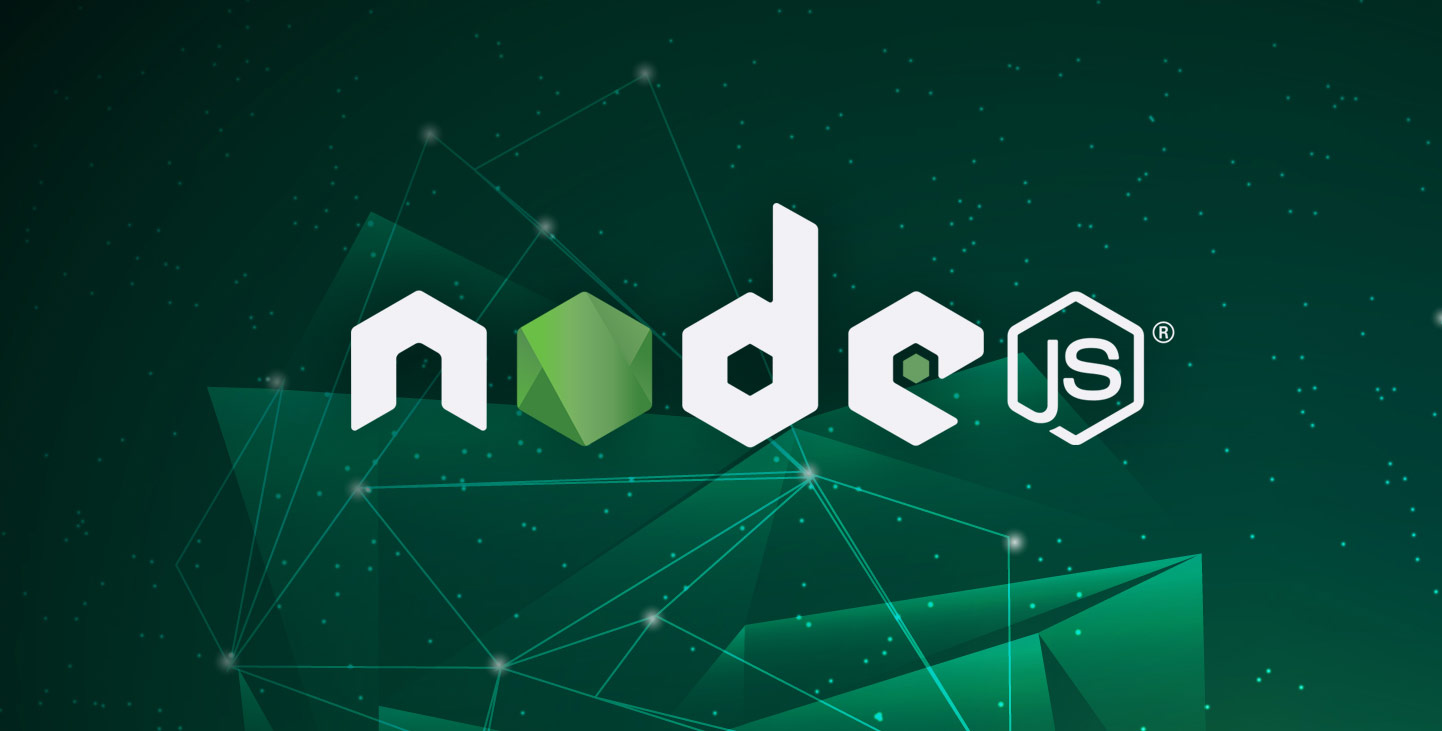Veve Vortex: Exploring the Latest Trends
Stay updated with the latest in news, tech, and lifestyle.
Node.js: Where JavaScript Dreams Become Reality
Unleash the power of Node.js and turn your JavaScript dreams into reality! Discover tips, tricks, and insights in our ultimate guide.
Understanding the Event-Driven Architecture of Node.js
Event-Driven Architecture is a fundamental aspect of Node.js that allows developers to build highly scalable and efficient applications. In this architecture, components communicate through events instead of direct calls, which makes it easier to manage asynchronous operations. This non-blocking nature is particularly beneficial for I/O operations, enabling the server to handle multiple connections concurrently. Unlike traditional architectures, which may become unresponsive under heavy load, the event-driven model allows Node.js to maintain performance and responsiveness, even with thousands of simultaneous requests.
The core of Node.js's event-driven architecture is the Event Loop, a mechanism that processes events and executes corresponding callbacks. Whenever an event occurs, such as a network request or a timer expiration, it is pushed to an event queue. The Event Loop then continuously checks this queue, executing the callbacks in a prioritized manner. This design not only simplifies code readability but also enhances the application’s ability to handle real-time data, making it an ideal choice for building applications like chat servers, online gaming, and other interactive platforms.

How to Build a RESTful API with Node.js: A Step-by-Step Guide
Building a RESTful API with Node.js can greatly enhance your application's ability to communicate over the web. In this step-by-step guide, we will outline the essential components required for creating a robust API. First, you will need to install Node.js and set up your development environment. Once you have Node.js installed, use the command npm init to create a new project. This command will generate a package.json file that will manage your project's dependencies, making it easier to maintain and scale your API.
Next, you will need to install Express.js, a minimal and flexible Node.js web application framework that provides a robust set of features for building APIs. Run the command npm install express to add it to your project. With Express, you can define routes to handle various HTTP methods such as GET, POST, PUT, and DELETE. For example, a simple route for fetching data could look like this:
app.get('/api/items', (req, res) => { /* handle request */ });By following these steps, you will have the foundation needed to create a functioning RESTful API. Continue to build upon this basic structure by incorporating middleware for error handling, logging, and data validation as you develop your application.
Why Node.js is the Future of JavaScript Development
Node.js is revolutionizing the landscape of JavaScript development by empowering developers to use JavaScript on the server side. This ability allows for a unified development experience where both the client and server share the same language, reducing the need to switch contexts. Furthermore, Node.js boasts an event-driven, non-blocking I/O model, which makes it particularly suited for building scalable and high-performance applications. With its rich ecosystem of libraries and modules available through npm (Node Package Manager), developers can easily integrate powerful tools and frameworks, thereby accelerating the development process and enhancing productivity.
The community support for Node.js is robust and constantly growing, which is essential for fostering innovation and collaboration in software development. Companies increasingly adopt Node.js due to its ability to handle concurrent requests efficiently, making it an ideal choice for real-time applications such as chat applications, online gaming, and collaborative tools. As performance and user experience become paramount, the versatility and speed offered by Node.js position it as a pivotal technology in the future of JavaScript development, ensuring that developers can meet the ever-evolving demands of the digital landscape.